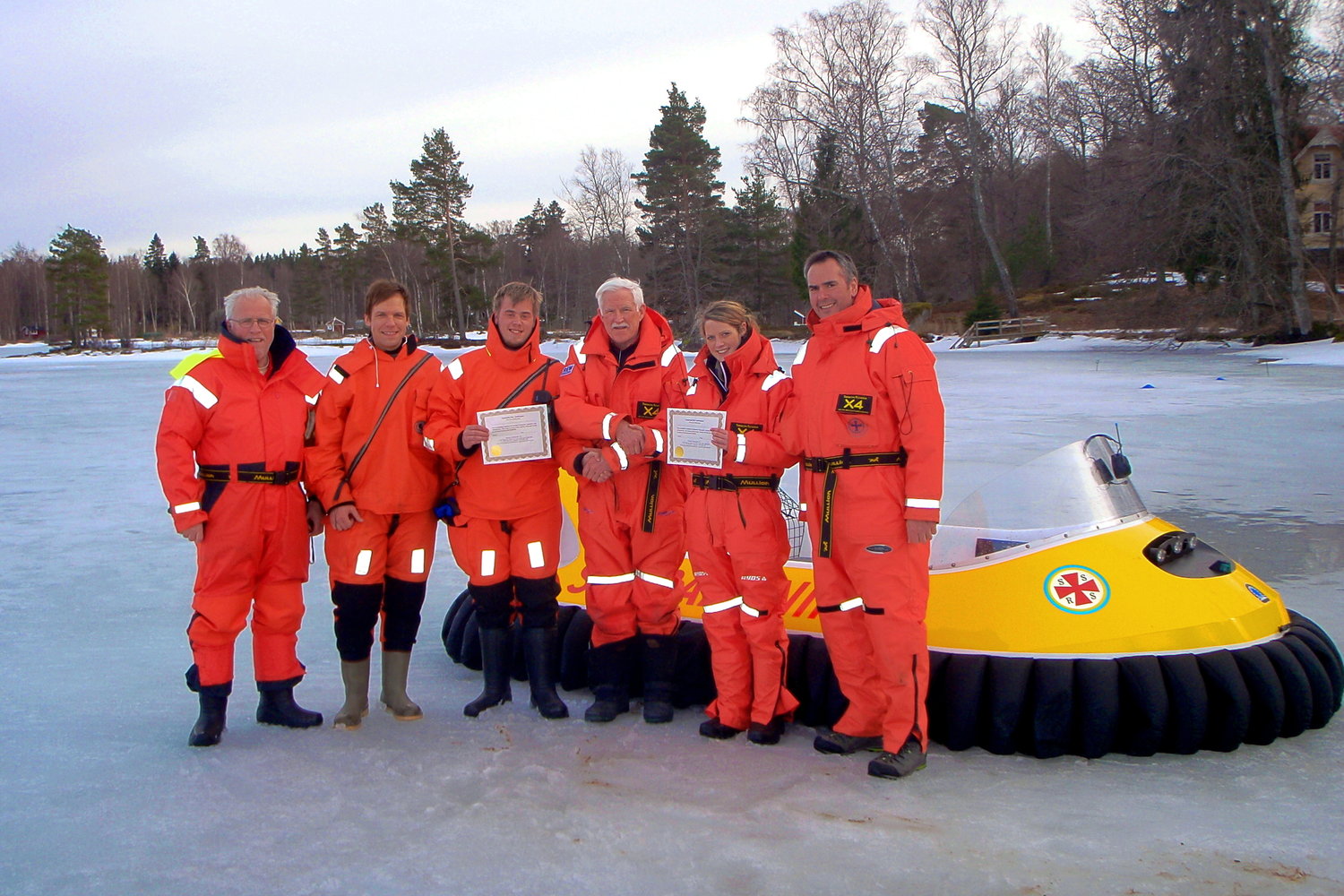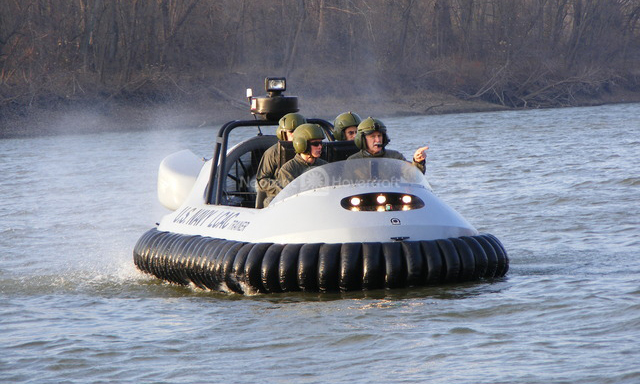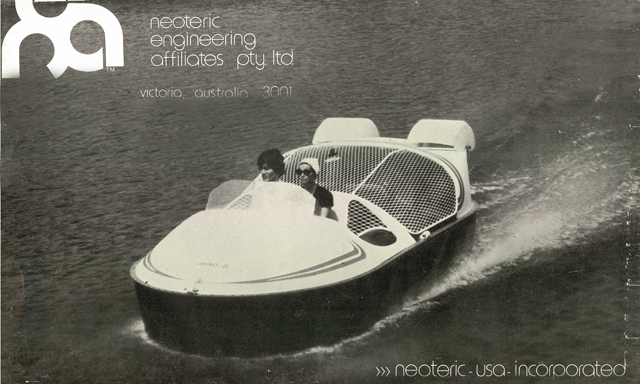Hovercraft Training Centers

MARK ELLIS
Firefighter, USA
Rescue Hovercraft Pilot
“After I read through the manual a couple of times I realized ‘Hey, this is complicated’. I guess I made the mistake of thinking, like a lot of people, that it’s like operating a boat. I found out real quickly that it’s more like flying a helicopter.”
"We're able to provide a service with our hovercraft that no one else can provide."
The story of Mark Ellis, the Hazleton Fire Department and their hovercraft is one of redemption - and a bit of a cautionary tale for any would-be pilot who doesn't think they need professional flight training.
Ellis, a volunteer firefighter with the department, had been interested in hovercraft technology throughout his 20-year career in the U.S. Marine Corps. By the time hovercraft started showing up on the radar of his and other rescue outfits in the region, Ellis was already well aware of their practical applications and he championed the innovation. His department, which services a flood-prone area on the banks of three rivers in Southern Indiana, had tossed around the idea of adopting hovercraft for water rescue and flood response for years when an unexpected opportunity presented itself.
A nearby major metropolitan fire department with a much bigger budget purchased and almost immediately shelved a rescue hovercraft. That department believed the hovercraft could revolutionize its rescue efforts, but didn't want to invest in professionally training its pilots. After an intrepid firefighter with no formal training took the craft out and promptly crashed it, the department discovered that repair is far more costly and time-consuming than training. Missing this teachable moment, they wrote hovercraft off as a great idea in theory, but too much trouble for the real world.
"That's when we started trying to get it away from them," Ellis laughs. "We're right on the White River and figured we needed it more than they did. We started pushing for a grant to buy it and last year we were successful."
During that first year, Ellis' team was called upon four times to save lives using the hovercraft for water rescue missions."We're able to provide a service with the hovercraft that no one else can provide," he says.
Meanwhile, other departments are starting to notice. "Everyone who has seen it in operation wants one now."
Ellis admits he had some misconceptions about hovercraft at first, assuming as many do, that they operate like watercraft. After seeing the other fire department's failed hovercraft experiment, Ellis no longer harbored such illusions about flying. After reading HTC's Hovercraft Pilot Training Manual, he fully understood the importance of flight training.
"After I read through the manual a couple of times I realized 'Hey, this is complicated'," he says. "I guess I made the mistake of thinking, like a lot of people, that it's like operating a boat. I found out real quickly that it's more like flying a helicopter. Just reading the manual is not going to get you there. You need some hands-on training with a professional leaning over your shoulder telling you what you're doing right or wrong."
These days Ellis still hearkens back to his pilot training when he flies. "I can hear the instructor's voice in the back of my head saying 'don't do this, do that'," he says. "Why risk crashing that expensive machine against the tree when investing a little more money to get proper training would potentially eliminate that problem? You're still going to screw up and I'm a good example of that, but mine are minor compared to running into something because you don't know how to react to it."
Ellis issues a stern caveat to other rescue outfits and workers who want to use hovercraft, but don't think they need training. He even employs a barrier to entry in his own department: he requires anyone who expresses interest in taking the training to read the HTC Hovercraft Training Manual first.
"To date, only one of them has done so," he says. "The rest of them keep telling us 'Oh, we learn the best by OJT (on-the-job training)' and we keep telling them they're not going to fly until they at least read the manual. We still want to get them to come up to Hovercraft Training Centers, but we're not going to waste our time if they're not serious."
As a result of their dedication, Ellis' department is successfully saving lives with their hovercraft, balancing the need for higher level maintenance and skilled operators with the hovercraft's superior performance compared to the inflatable crafts and jon boats the department used previously. In his business, faster response time and safer rescues could mean the difference between life and death.
"You just have to invest your resources properly and really take the lessons to heart," Ellis says.



